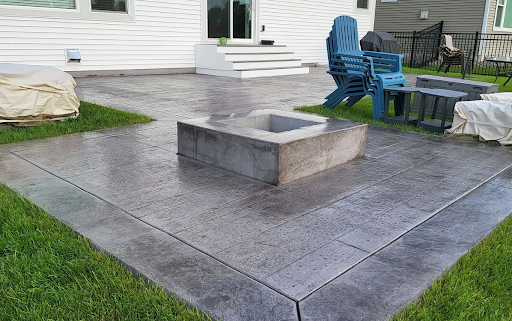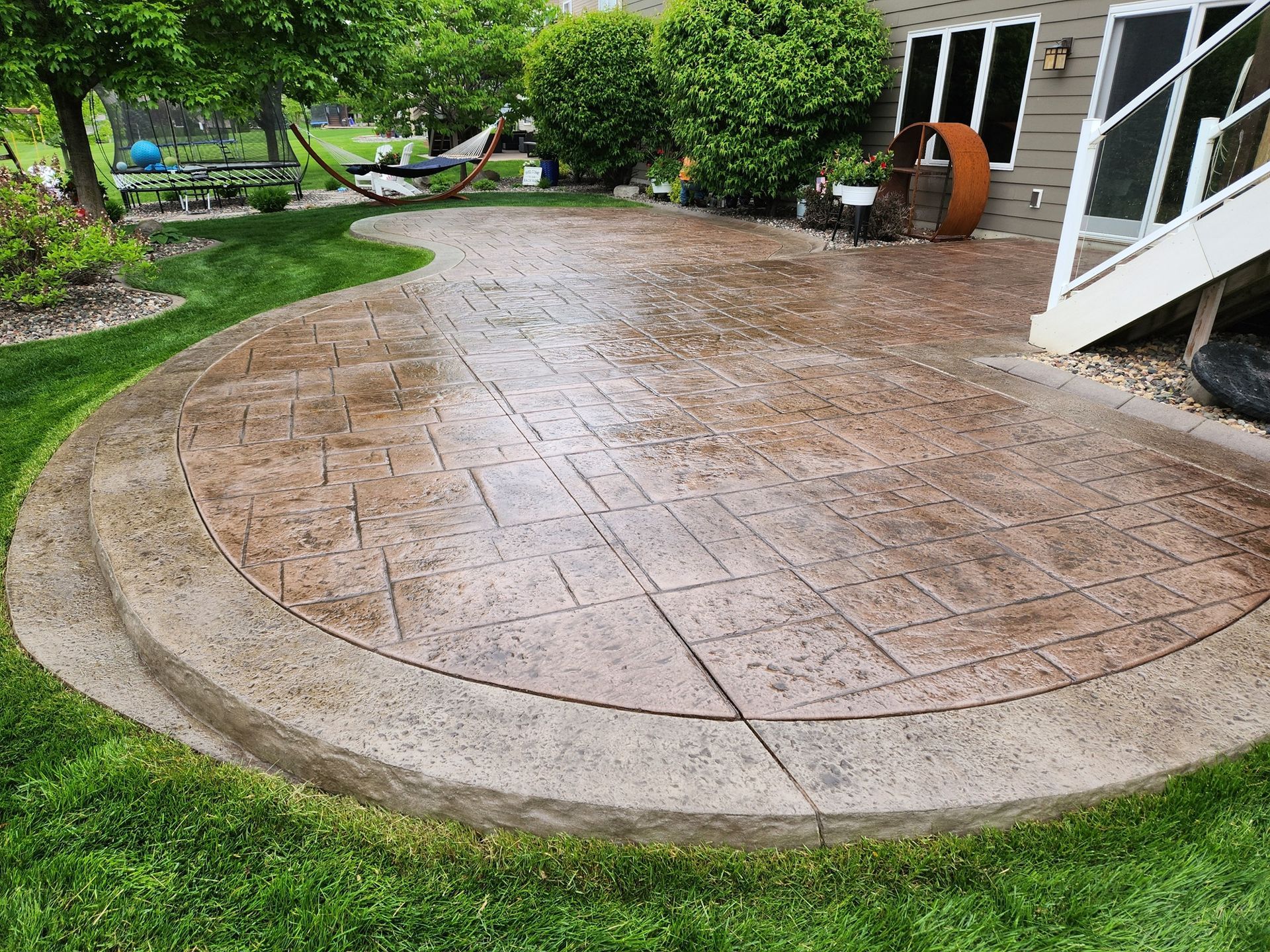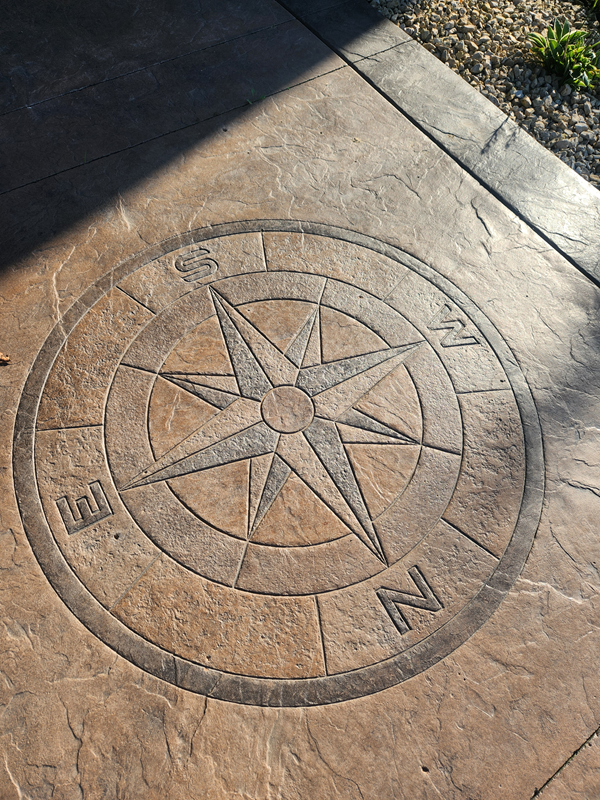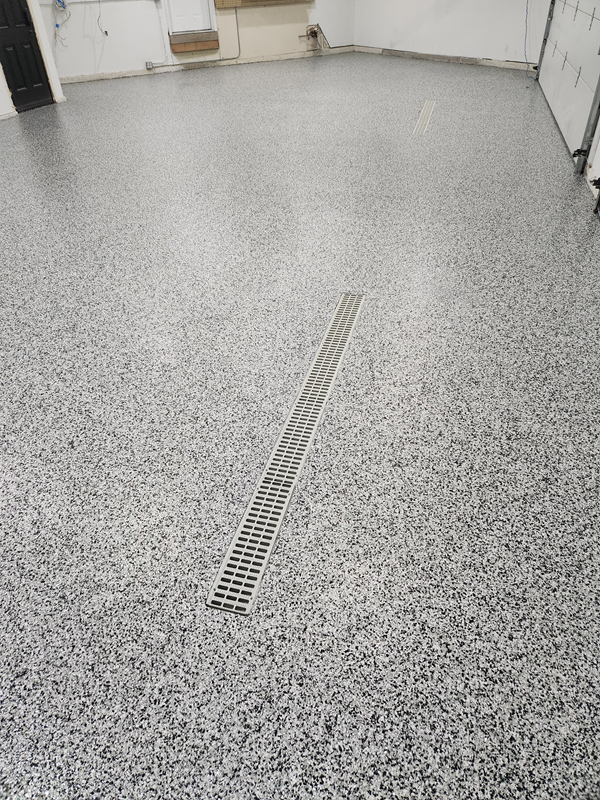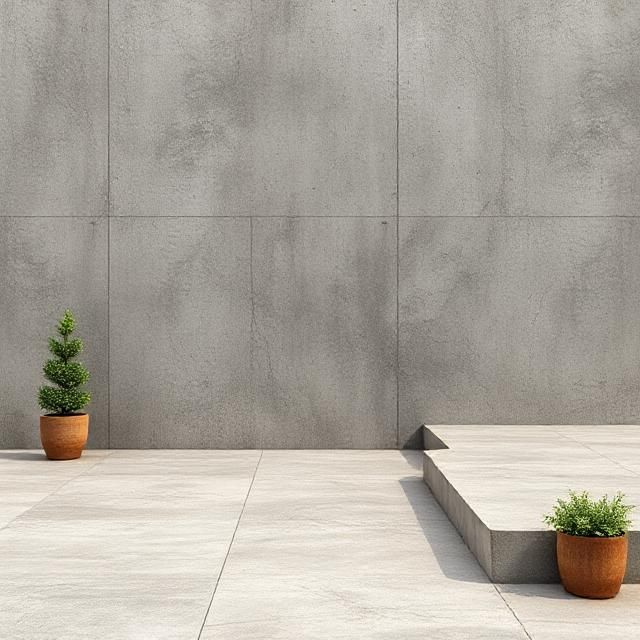Cracks in Your Concrete? How to Tell When It's Normal vs. When to Worry
It can be disheartening to find cracks in your concrete. You invested in that beautiful driveway, patio, or garage floor, and now you're spotting lines running across the surface. Before you panic, here is some reassurance: nearly all concrete surfaces will develop cracks over time. The key is knowing which cracks are part of concrete's natural aging process and which signal trouble ahead.
Living in Minnesota means your concrete endures some of the most challenging conditions in the country. From summer heat to sub-zero winter temperatures, our concrete endures extreme conditions.
This guide will assist you in becoming an expert concrete investigator, comprehending the underlying issues, and determining when to seek professional assistance.
Reasons Why Cracks in Concrete Happen
Concrete may look like solid stone, but it's a dynamic material that responds to its environment. Whether you've invested in elegant stamped concrete for your patio, traditional concrete for your driveway, or specialized garage floor coatings, understanding the material helps put cracks in perspective.
Think of concrete as being alive in its first days and weeks. As it cures, it naturally shrinks slightly—up to ¼ inch per 100 feet. This shrinkage creates tension, and when that tension exceeds the concrete's strength (which is still developing), cracks form. It's simply physics at work.
Types of Normal Concrete Cracks: No Need for Alarm
Shrinkage Cracks
Those thin, hairline cracks that appear within the first month of a new concrete installation are typically shrinkage cracks. They're usually no wider than 1/16 inch and don't extend through the full depth of the slab.
In Minnesota, we often see these in new driveways and patios. They may seem concerning, but they rarely affect structural integrity. Think of them as the concrete's way of adjusting to its final form.
Surface Crazing
Have you ever noticed a network of fine, shallow cracks resembling a spiderweb on your concrete surface? That's crazing, and it happens when the surface dries too quickly during curing. While more common on troweled surfaces, it can also appear on stamped concrete.
These superficial cracks are typically only about 1/8 inch deep and don't impact your concrete's structural strength. They're more noticeable when wet but often barely visible when dry.
Settling Cracks
As the ground beneath the concrete naturally settles, small cracks may develop. In Big Lake's clay-rich soil, some settling is expected. These cracks typically maintain a consistent width (usually under 1/8 inch) and don't show signs of one side being higher than the other.
For garage floors with protective coatings, these minor cracks rarely compromise the coating's integrity if they remain stable.
When to Worry: Problematic Concrete Cracks
Structural Cracks
Unlike their benign counterparts, structural cracks often display these warning signs:
- Width larger than 1/4 inch
- Widening over time (measure and monitor them!)
- Extending through the entire slab thickness
- Accompanied by a shifting or uneven surface
These cracks, widespread in Minnesota due to our freeze-thaw cycles, suggest soil movement or foundation issues. They shouldn't be ignored, especially if they appear in your home's foundation.
Heaving Cracks
Minnesota's notorious freeze-thaw cycles are tough on concrete. When water seeps under your slab and freezes, it expands and pushes the concrete upward. The resulting cracks often have distinct elevation changes—one side sits higher than the other.
Heaving is particularly problematic for stamped concrete patios and driveways, as it creates structural issues and ruins the decorative patterns that make stamped concrete so attractive.
Step Cracks
When one section of concrete sits notably higher than an adjacent section (resembling a step), it indicates significant soil movement beneath. Often accompanied by diagonal cracking, these step formations suggest the ground is no longer providing even support.
These shifts can cause coating separation and failure for garage floors with protective coatings, allowing moisture to damage the concrete beneath.
Why the Minnesota Climate Creates Unique Challenges
Our extreme temperature swings in central Minnesota create perfect conditions for concrete stress. During the summer, concrete expands in the heat. In winter, it contracts with the cold. This constant movement tests even the best concrete installations.
Add in the moisture from our 10,000 lakes region and freeze-thaw cycles, and you've got a challenging environment for concrete. When water penetrates tiny cracks, freezes, and expands by about 9%, it creates tremendous pressure—up to 30,000 pounds per square inch. That's enough to widen existing cracks and make new ones.
De-icing salts compound the problem, accelerating deterioration by allowing more freeze-thaw cycles to occur at lower temperatures. For garage floors, bringing these salts in on your vehicle can damage both concrete and coatings over time.
Protect Your Concrete Investment
Quality concrete installation is your best defense against problematic cracking. This means proper site preparation, an appropriate concrete mix for Minnesota's climate, adequate control joints, and correct finishing techniques.
Regular sealing is crucial for existing concrete, especially stamped concrete and traditional exterior slabs. In our northern climate, concrete should be resealed every 2-3 years to prevent water infiltration before winter.
Garage floor coatings provide excellent protection, creating a barrier against moisture, salt, and chemicals. However, not all coatings are created equal—polyaspartic coatings tend to perform better in our extreme temperature swings than standard epoxy.
Why Dynamic Concrete Makes the Difference
At Dynamic Concrete, we've spent years perfecting installation techniques specifically for Big Lake and surrounding Minnesota communities. We understand that proper site preparation and mix design for our local conditions make all the difference in preventing serious concrete issues.
Our stamped concrete installations include deeper control joints strategically placed to guide where cracking occurs, typically hidden within the pattern design. We ensure proper depth and timing of control joints for traditional concrete to minimize random cracking.
Our garage floor coatings are explicitly selected for Minnesota's temperature extremes, with flexible formulations that can accommodate minor concrete movement without cracking or peeling.
Is it Time for Expert Eyes?
If you're noticing cracks that concern you, especially those wider than 1/4 inch, growing noticeably, or creating uneven surfaces, it's time for a professional assessment. Even minor cracks can worsen when exposed to another Minnesota winter.
Contact us today to schedule your concrete assessment or to learn more about our crack-minimizing techniques for new stamped concrete, traditional concrete, or garage floor coating installations. Because in Minnesota's challenging climate, the difference between ordinary concrete and extraordinary concrete isn't just visible on the surface—it's in how it performs year after year, season after season.
